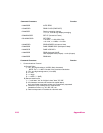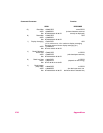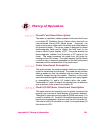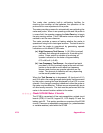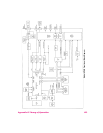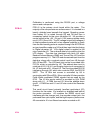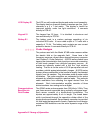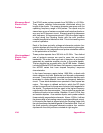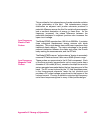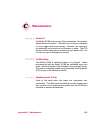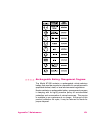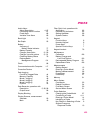126 Appendices
The 872xD series probes operate from 300 MHz to >50 GHz.
They contain resistive thermocouples distributed along the
length of the dipole. The spacing prevents resonance over the
operating frequency range of the probes. The dipole may be
viewed as a group of series connected small resistive dipoles or
as a very low Q resonant circuit. Element sensitivity decreases
with frequency. At frequencies above12 GHz the dipole begins
to align along the Poynting Vector with the cold junctions
oriented tangential to the electric field. This is the traveling wave
mode of operation.
Each of the three mutually orthogonal elements contains four
resistive dipoles with the cold junctions oriented at right angles.
This provides for the independence of probe orientation relative
to the polarization of the field.
These probes operate from 300 kHz to 50 GHz. Two distinct
sets of isotropic sensors are used to cover this very broad
bandwidth. The output from each set of detectors is processed
separately by separate amplifier circuits in the probe handle.
The two signals are summed within the 8718B meter. Models
include the Model 8741D that has a flat frequency response and
the x8722D series that have shaped frequency response
characteristics.
In the lower frequency region below 1500 MHz, a dipole with
diode detector and both distributed and discrete components
are used. Three orthogonally mounted conductive dipoles, each
terminated in diode detector, form the low frequency detection
circuit. These diode detectors are operated in their square law
region. This region is defined as that in which the DC diode
current is proportional to the square of electric field tangential to
the dipole. The elements that are used in the higher frequency
region are thin-film thermocouples. They provide true square law
output and function in two modes. Between 1.5 and 12 GHz, they
are resistive dipoles. As a resistive dipole, each probe contains
three mutually perpendicular elements. Above 12 GHz, it utilizes
the phase delay of a traveling wave to produce additional output.
In this mode, the dipole is aligned along the Poynting Vector with
the cold junctions oriented tangential to the electric field. Each of
the three mutually orthogonal elements contains four resistive
dipoles with the cold junctions oriented at right angles.
Microwave Band
Electric Field
Probes
Ultra-broadband
Electric Field
Probes



